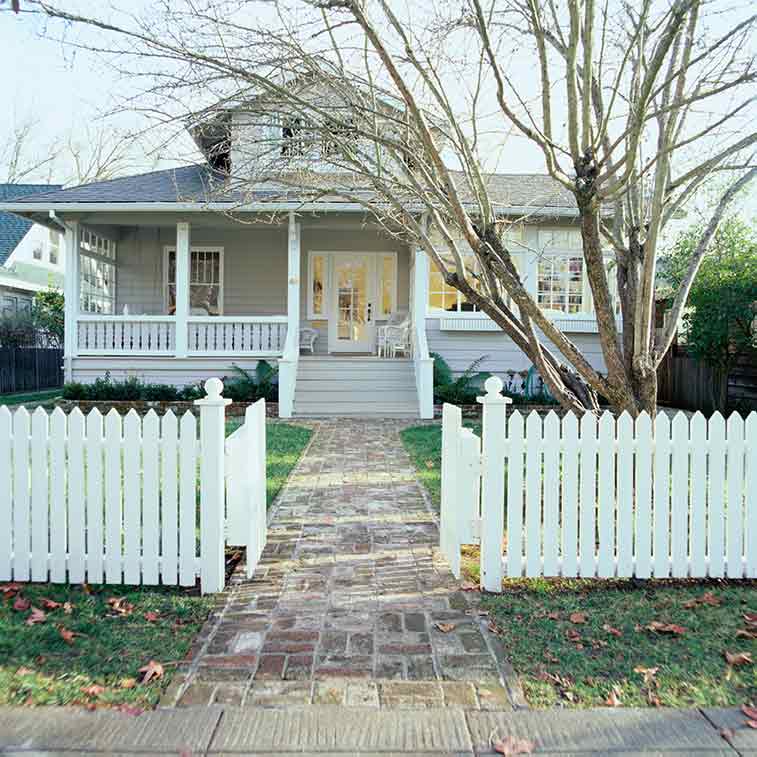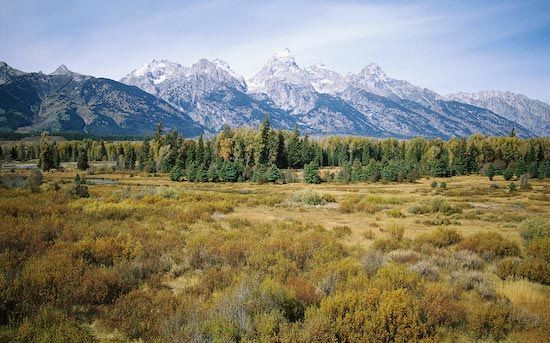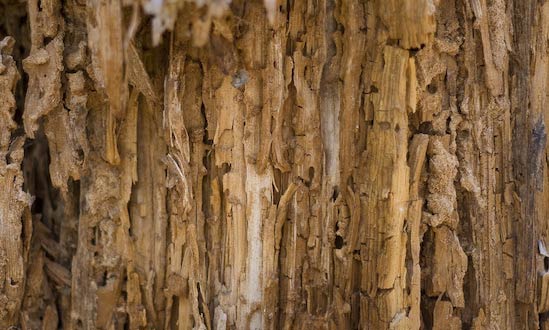How to Care for Your Trees in the Summer Heat
- By Jovel Mico R. MERQUITA
- •
- 15 May, 2018
- •
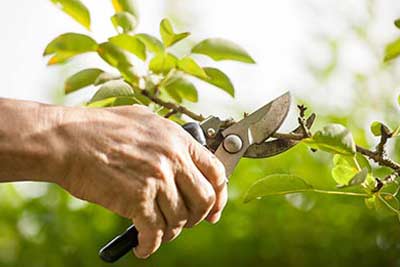
There's a heat wave. Well, it is summer. And that means caring for your tree is essential if you don't want it to dehydrate and dry up. When the mercury rises and the sun is shining all day long, you need to know what the proper methods of summer-time tree care are if you want your home's landscaping to look healthy and green. What can you do to care for your trees in the summer months? Check out these tips for making sure that your greenery stays green.
The Tree's Age
Young trees often have different water requirements than older ones. If you're planting a brand-new tree, you'll want to water it right away. For the next 5 to 10 years, you'll also need to keep the water flowing. A young tree grows at a rapid pace. This means it is expending energy. Just like how you need to keep a growing child well-fed, you need to keep a growing try well-watered. When you water your young tree, make sure that you water deeply so that the roots are wet.
Even though older trees don't need as much water as younger ones, they can't go entirely without. Continue to regularly water your middle or older aged tree regularly, especially when it's extremely dry out.
Water Balance
While you do need to provide plenty of water for your tree, you need to find the "just right" balance. Obviously not watering your tree enough can cause problems. But over-watering can also harm your trees. Thirty seconds worth of water from a garden hose (that is a steady stream from a hose with a diffuser nozzle) is typically plenty. The soil around the tree should feel moist, not soaking or muddy.
If the soil is too dry, gradually add more until it feels moist. If the water is ponding or is turning into mud, you've overwatered. While there isn't much you can do about over-watering when you do it, you can keep the amount of water you used in mind and cut it back the next time around.
Tree Type
Not all trees need the same amount of water. Ask the tree service professionals how drought-resistant or moisture-tolerant your picks are. A highly drought-resistant species such as an Arizona Cypress or a White Fir won't need as much water as a moisture-tolerant choice such as a Red maple or a River Birch.
Where to Water
Randomly throwing water near a tree might not cut it. You need a strategic plan to keep your greenery growing, healthy and happy. Concentrate your watering efforts under the tree's canopy. This lets the water soak into the soil and get to the tree’s roots. Pointing your hose up and soaking the leaves or upper branches won't do much to truly help your tree through the heat. That type of watering won't hit the soil and won't make it down to the roots. This leaves your tree at risk for drying out.
Add Mulch
Mulch adds that finished look that your yard may need. But adding mulch is much more than a simple decorating trick that landscapers use to make the yard look better. Mulching around a tree can help hold the moisture in and can even lower the soil's temperature underneath it.
Even though mulch can help your tree, especially in the summer, avoid overdoing it. Three to four inches of mulch is plenty. Also, avoid mulching all the way up to the trunk. Watering the soggy mulch that's touching the trunk may cause damage to the tree.
Are you working on a new planting project? Call Simply Trees at 925-321-2421 for a consultation.
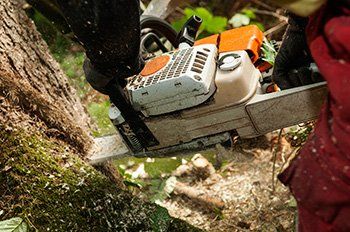
When a tree is dead, it should be cut down. If you have a dead tree on your property, here are seven reasons you shouldn't leave it up.
Dead Trees Are a Liability
First and most importantly, dead trees are potential sources of danger. When a tree is dead, it's no longer as strong as it once was. Moreover, the tree becomes weaker as it decays. When the tree becomes too weak, it'll fall - and it could damage property or injure someone when it does.
If anything is damaged or anyone is hurt by a dead tree on your property that falls, you may be held responsible. In addition to feeling guilty, you may be personally named in a liability suit.
Such a risk may seem small, but there are more than 100 people killed each year by trees - and that doesn't include people who are hurt or property that is damaged.
Pests Thrive in Dead Trees
Second, dead trees are can attract pests. Insects and rodents may move into a dead tree, and you likely don't want either in a tree that's on your property. At best, pests are benign and more of an annoyance than anything else. More often, though, the pests are carpenter ants, roaches, rats, skunks, or other creatures that cause real damage.
Dead Trees Host Diseases
Third, dead trees are common hosts of tree-related diseases. The trees have lots of wood left once they're dead, but they can't fight off fungi or molds. With no defense mechanism and a plentiful source of wood, it's easy for diseases to grow.
Whether a dead tree itself becomes infected with a disease might not matter to you since the tree is already dead. Once a fungus or mold gets a foothold in a tree's wood, however, the diseases could spread to other tees in the area. Thus, not cutting down a dead tree can leave your other, healthy trees at greater risk of contracting diseases.
Dead Trees Are Unsightly
Fourth, dead trees are often eyesores. While a picture of a leafless tree against a vast landscape may be thought-provoking, few people want to see a dead tree every time they look outside. Even if this were the only benefit, not having to look at an unsightly tree would be reason enough to remove the tree.
Dead Trees Lower Property Value
Fifth, dead trees lower property value. Potential buyers won't want to pay as much for property that has a dead tree on it because:
- Potential buyers don't want to look at the tree
- The tree suggests that other parts of the property might be neglected
- The tree is a liability risk for buyers
Often, the decrease in value will be equal to or greater than the cost of cutting down a tree.
Dead Trees Make Good Firewood
If you have a wood-burning stove, a dead tree can be a great source of firewood. As long as it's free of pests, you can cut the wood up to be used in fires. Depending on how long the tree has been dead, its wood may already be seasoned.
Slightly more ambitious, you could also use a dead tree's wood as the raw materials for a piece of furniture. If the tree had sentimental value, you may want to create a lasting table or chair from the tree's wood.
You Can Use the Space for a New Tree
Finally, cutting down an old and dead tree creates a space where a new tree can grow. Until a dead tree is removed, a new tree will struggle to grow around the dead tree's trunk and roots. If the dead tree is removed, however, a new tree will likely flourish. After all, one tree already has grown in the spot.
To have a tree cut down, contact us at Simply Trees.
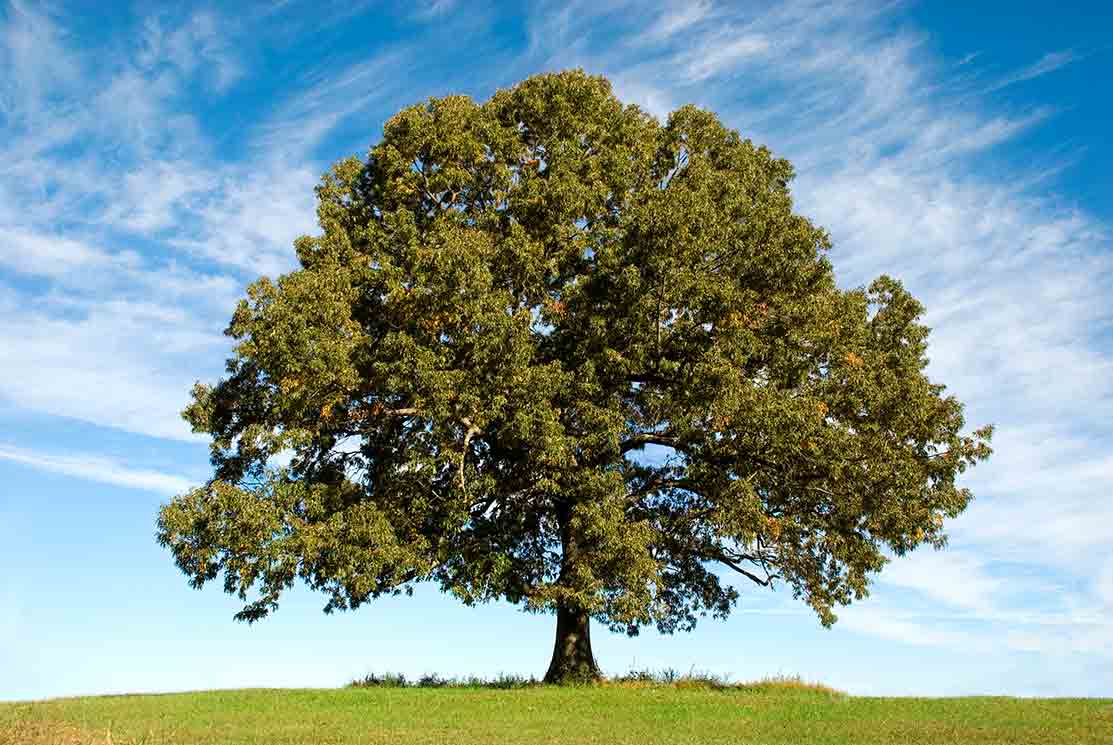
Tall, majestic red oak trees add plenty of beauty to yards in California. Sadly, red oaks are also quite susceptible to disease, so if you're lucky enough to have some of them on your property, it's important that you watch them closely. Here is a detailed look at some of the diseases most likely to affect red oaks along the west coast, along with some tips for dealing with each one.

In an industry as potentially dangerous as tree care, you need assurance of your safety and the safety of your property from your tree service contractors. Unfortunately, we often see the terrible results of subpar companies’ ineptitude, such as damaged homes or cars, fallen power lines, and injury to the remaining trees.

